Lesson 7: Dynamics of the Earth and interactions with its environment
It is a pleasure to be here as your tutor. I hope that the classes are to your liking and that you can learn much more about our home, Planet Earth.
In this seventh class the topic will be the dynamics of our planet and the interactions it has with its environment, that is, the Solar System.
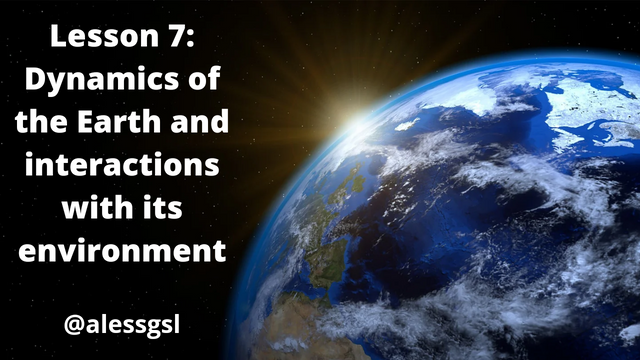

The dynamics of Planet Earth
Our planet has a dynamic that arises thanks to its shape, tilt of its axis and its movements. All these characteristics, which affect the distribution of solar rays, will be explained below:
Planet shape
As everyone knows, the planet is round, which causes the existence of a different distribution of sunlight in each part of it.
The sun's rays are reflected much more obliquely as they approach the poles, which is why there are low temperatures in those places. This means that due to the shape of the planet, there are different climates, a variety of plant and animal life.
Tilt of the earth's axis
The planet is tilted with respect to the orbit at about 23 degrees and 27 minutes. If an imaginary line is drawn by said inclination, the terrestrial axis is obtained. This characteristic of the planet allows the origin of the astronomical seasons and changes in the length of days and nights throughout the year.
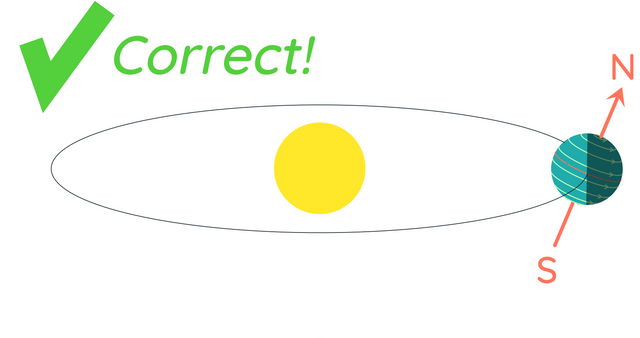
Rotation and translation movement
The planet makes movements that allow days and years.
1.Rotation movement
It is the one that makes the planet rotate around the terrestrial axis. The duration of this movement is 23 hours, 56 minutes and 4.09 seconds, which gives rise to the "day" as a unit of time.
Thanks to this movement, at the same moment, one part of the planet is daytime and the opposite part is nighttime.
2.Translation movement
It is that movement that makes the Earth revolving around the Sun and following the trajectory of an orbit.
This movement lasts 365 days, 5 hours, 48 minutes and 45.68 seconds, thus originating the natural unit "year".
This movement is essential for the existence of the stations of the hemispheres when they are located at different points of the orbit.
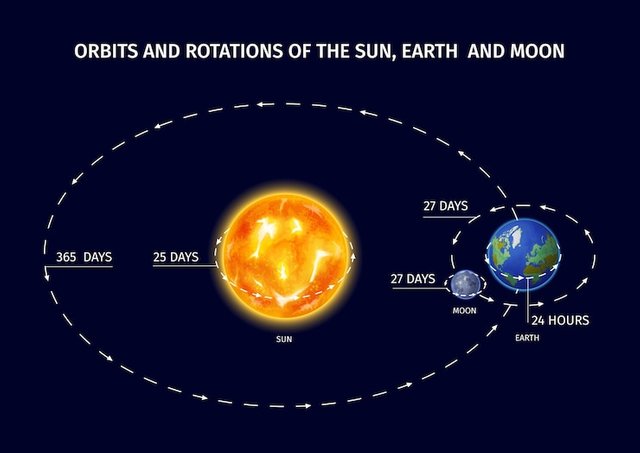
Interactions of the Planet with the environment
As we had learned in previous classes, one of the characteristics of systems was the interaction between their components. Although the movements of translation and rotation are one of these interactions, there are other phenomena that I will mention below:
1.Solar Wind: This phenomenon is caused by hydrogen ions that travel from the solar corona. This affects the climate and magnetic conditions of the planet.
2.Aurora Borealis: They originate from the interaction of solar winds and the planet's magnetic field. They affect satellite and radio communication, and even produce magnetic changes.
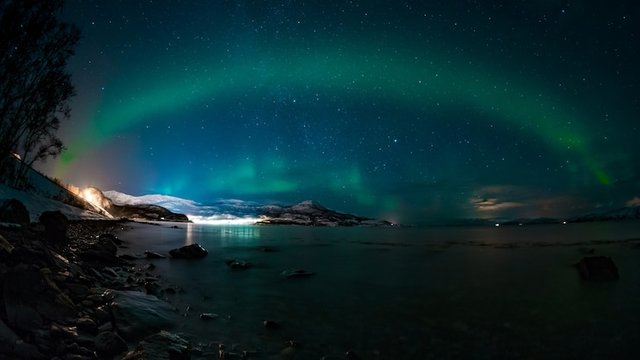
3.Tides: They are generated by the gravitational attraction of the Earth with the Moon. As a consequence of this, the descents and ascents of the sea water take place.
4.Sunspots: They are due to high temperatures and various solar phenomena, which cause interference in radio communications.
5.Eclipses: There are two types: Solar Eclipse and Lunar Eclipse.
-The Solar Eclipse: It is rare and occurs when the Moon and the Sun coincide on the same side of the Earth, in such a way that the Moon interferes between the Sun's rays and the Earth. This causes partial or total obscuration of the Sun.
-The Lunar Eclipse: This phenomenon is much more common and originates when the Sun and the Moon are on opposite sides at an angle of 180 degrees and separated by the Earth, which is located in the center. Because the planet is larger than the Moon, it can be partially or completely obscured.
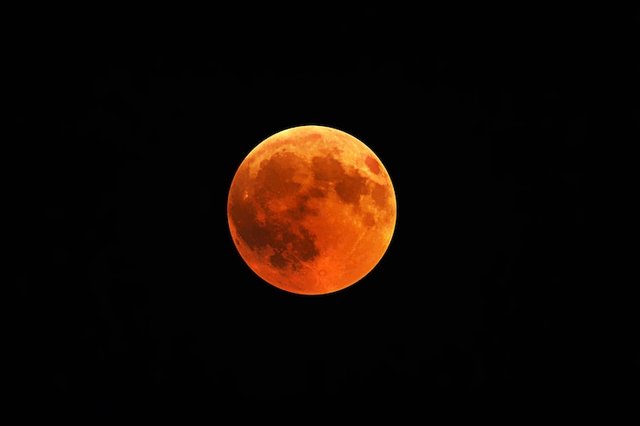

References:
🌍 Physical book. Mi Planeta Tierra 2. Author: Prof. Jorge Lösch. Salesiana Editorial.
🌍 Physical book. Ciencias de la Tierra 5to año. Authors: Daniel Requeijo and Alicia de Requeijo. Editorial Biosfera.

Task:
Make a post containing the following:
1.Explain how the shape of the earth affects the incidence of the sun's rays.
2.What is the difference between rotational and translational motion?
3.Explains the phenomena that prove the interaction of the Earth with its environment.

Rules for making your publication
1. Make your post in the Steem kids community and leave the link in the comments of this post.
2. Please resteem this post to reach more users.
3. Your content must be original. If you use images or information from other authors, make sure to place the sources correctly.
4. You must belong to a club: club5050, club75 or club100.
5. You must be verified in the community.
6. Your publication must contain a minimum of 300 words and the use of the steemexclusive tag and the club tag.
7. Assignments will be accepted until the expiration of this post.

Previous lessons:

This post is set to contribute 10% of rewards to the @steemkidss community account.
If you want to know me you can visit the following link corresponding to Achievement 1
How good it is to be able to learn about earth sciences with your excellent lessons, wishing you the best of success always. 🤩
Hello @arcayart!! Thank you very much, good luck too🤗
Thanks for another good tutorial
Thank you very much!!🤗
Excelente lección sobre la dinámica de la tierra e interacciones con su entorno. Muy bien explicado ambos puntos. Te deseo muchos éxitos en tus lecciones.
Saludos cordiales
.
Muchas gracias 😃 me alegra mucho que te haya gustado este tema. Gracias por tus buenos deseos, bendiciones!!
It is a high quality presentation and also educational, with easy to understand terms for your students. Congratulations for sharing and persisting in the education of the kids.
Greetings and have a happy day.
Thank you very much! I am very glad that you liked this class. happy day too 🤗
Note: You must enter the tag #fintech among the first 4 tags for your post to be reviewed.
Thank you very much for supporting my post!
@alessgsl, you are a great tutor. Keep the good work up.
Thank you very much for your beautiful words! Greetings
Regards,
Maravillosa clase, me encanta aprender en cada una de tus lecciones del Planeta Tierra 💜 Las auroras boreales son tan hermosas, como quisiera ver unas en vivo y directo, debe ser algo maravilloso.
Muchísimos éxitos. 💜
Hola Carlita, muchas gracias 😃 Son demasiado interesantes las auroras boreales con tan hermosos colores, de seguro es maravilloso verlas en persona.
Bendiciones 🤗
La tierra, nuestro hermoso planeta es bueno recordar acerca de las maravillas de ella... Gracias por este contenido...
Muchas gracias por su visita, saludos 🤗